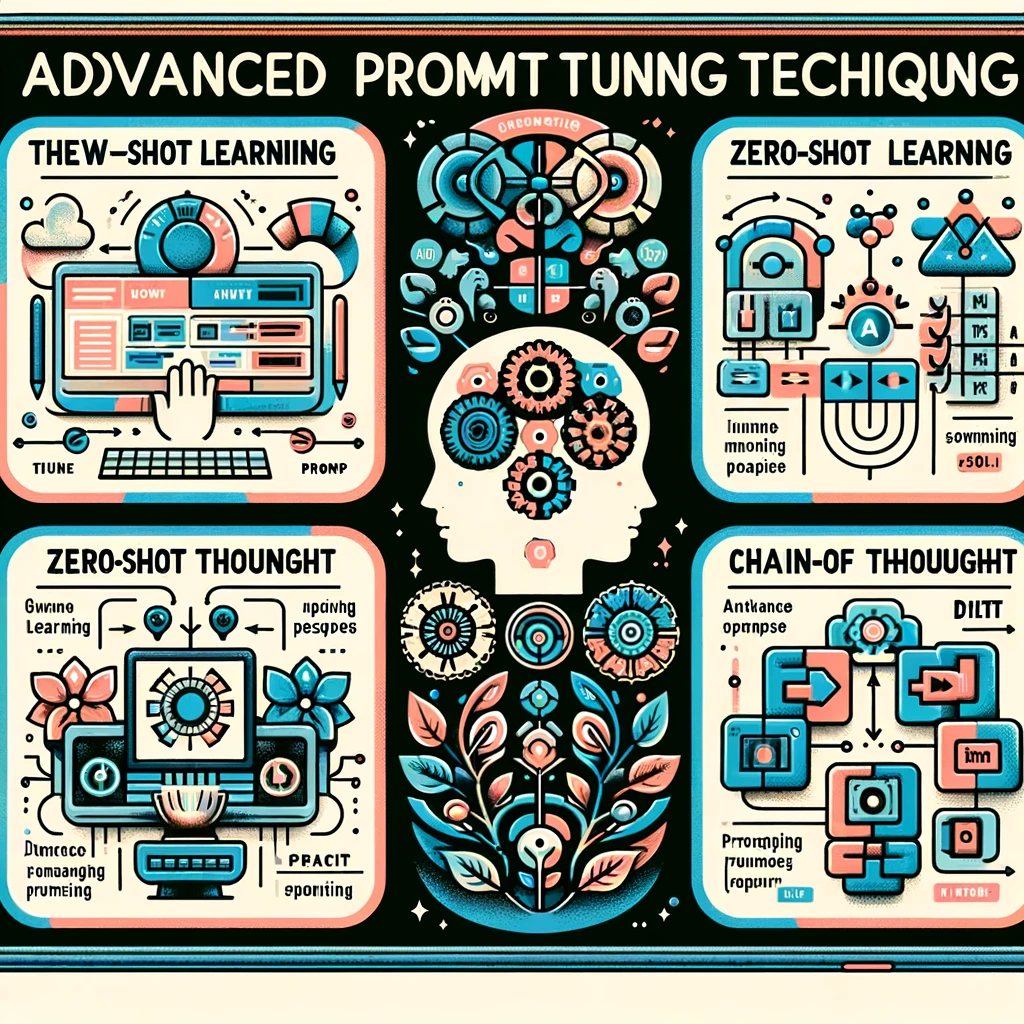Prompt tuning stands as a pivotal technique in the realm of artificial intelligence (AI), particularly within the framework of language models like ChatGPT. By fine-tuning the way we interact with these models through tailored prompts, we can significantly enhance their output, making them more accurate, relevant, and creatively in tune with our needs. This article aims to delve deep into the nuances of prompt tuning, exploring various strategies that can optimize AI performance across a multitude of applications.

Understanding Prompt Tuning
The Basics of Prompt Tuning
At its core, prompt tuning refers to the practice of adjusting the inputs given to AI models to elicit more precise or tailored responses. This concept is crucial in the context of language models, where the quality and specificity of input prompts can dramatically influence the model’s output. Through strategic prompt design, users can guide AI models like ChatGPT to produce responses that are not just accurate, but also contextually rich and creatively aligned with user intentions.
The Importance of Effective Prompt Design
Why Prompt Design Matters
The design of a prompt can significantly affect the quality of a language model’s output. Effective prompt design leverages the model’s capabilities and guides it toward generating the desired response. For instance, slight modifications in the wording of a prompt can lead to remarkably different outputs, underscoring the importance of thoughtful prompt construction. Examples abound where nuanced prompt adjustments have transformed AI responses from generic to specific, illustrating the transformative power of well-crafted prompts.
Techniques for Advanced Prompt Tuning
Beyond the Basics: Advanced Strategies
Venturing beyond basic prompt design, several advanced techniques emerge, such as few-shot learning, zero-shot learning, and chain-of-thought prompting. Few-shot learning involves providing the model with a few examples to guide its output, while zero-shot learning tasks the model with generating responses in scenarios it hasn’t been explicitly trained for. Chain-of-thought prompting encourages the model to “think aloud,” breaking down complex problems into simpler, sequential steps. These advanced strategies can significantly enhance the model’s ability to tackle complex questions or generate insightful content.
Practical Applications of Prompt Tuning
Prompt Tuning in Action
Prompt tuning finds application across various industries, revolutionizing tasks ranging from content creation to customer service and data analysis. Success stories and case studies illustrate its transformative impact, showcasing how tailored prompts have enabled businesses to leverage AI for innovation and efficiency. Whether streamlining customer interactions, generating dynamic content, or deriving insights from data, prompt tuning stands as a testament to the versatile power of AI when expertly guided.

Challenges and Considerations
Navigating the Challenges
Despite its potential, prompt tuning comes with its own set of challenges, including bias mitigation, maintaining context in multi-turn conversations, and ensuring response relevance. Strategies for overcoming these obstacles are crucial for harnessing the full potential of prompt tuning. By adopting a thoughtful approach to prompt design and staying mindful of these challenges, users can optimize their interactions with AI models for better, more reliable outcomes.
Conclusion
Prompt tuning emerges as a powerful tool for enhancing AI performance, offering a pathway to more accurate, relevant, and creative outputs. Mastering the art of prompt tuning is invaluable for anyone looking to leverage AI technology effectively, from beginners to seasoned tech professionals. By experimenting with advanced prompt tuning techniques and applying them to real-world applications, users can unlock the full potential of AI in their projects. The journey toward AI mastery beckons—embrace prompt tuning as your guide.
**Keywords:** Prompt tuning, language models, AI performance, few-shot learning, zero-shot learning, chain-of-thought prompting, bias mitigation..

